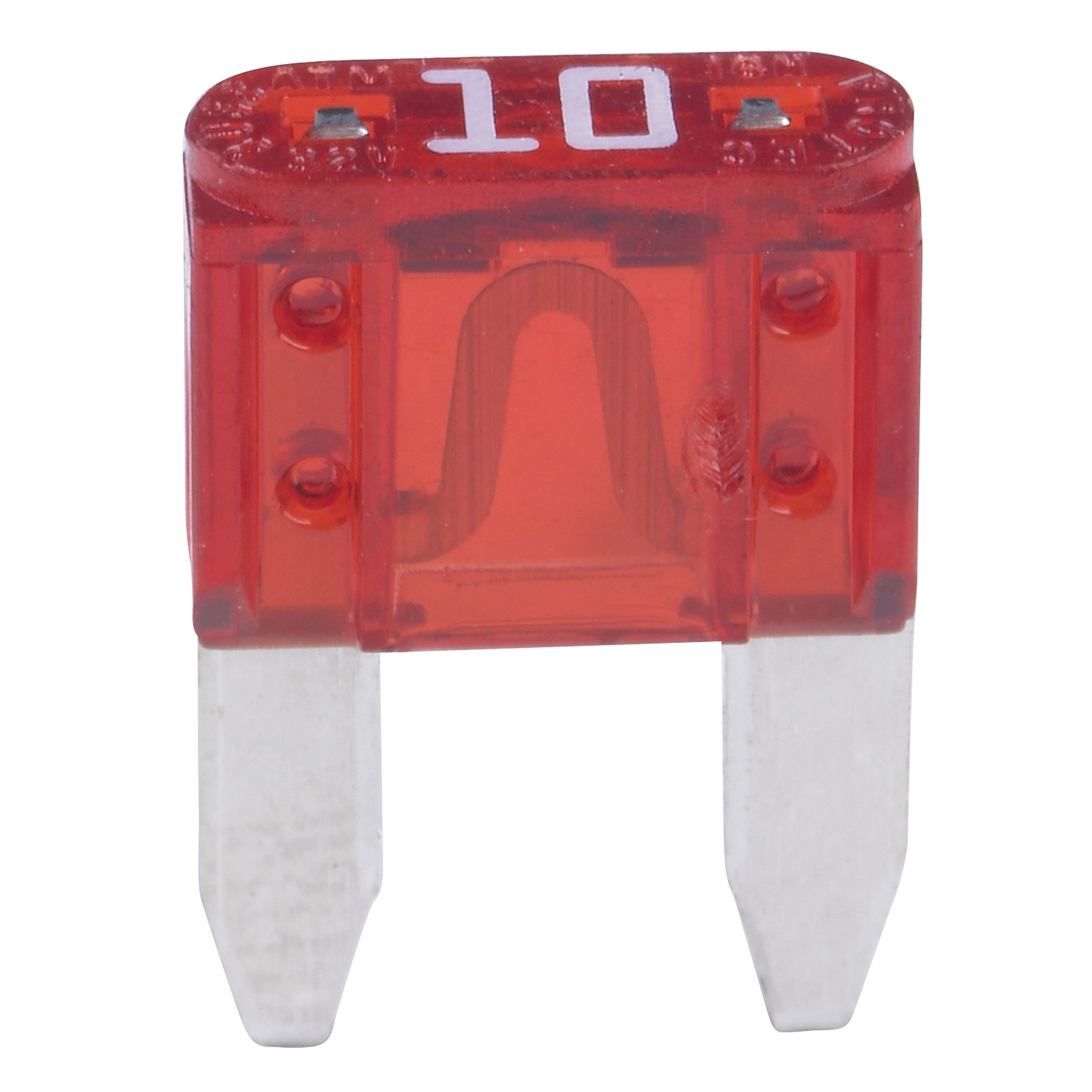How does a fuse work?
If you’ve ever worked with something that draws significant current, you’ve probably used a fuse. Fuses are an incredibly important electronic component, but you might not know the exact way that they work.
A fuse is an electronic component designed to completely shut off the flow of electricity if the current passing through it exceeds its rating. There are a few ways to do this, but the most common are blade fuses and glass fuses. These typically use a very thin wire between two contacts. This way, they can maintain low resistivity (important to reduce voltage drop across the terminals) while also having a relatively low fusing current, or the current at which the wire will melt and stop conducting. Notably, these fuses sometimes do not blow under high instantaneous current, and in some cases can take multiple times the rated current for a very short time without blowing.
A typical glass fuse - note the very thin wire, which will quickly melt in an overcurrent event
Shown above is a glass fuse, which is to find common inside consumer devices. They’re used because they’re easy to replace, easy to inspect visually, and incredibly cheap. The other most common type of fuse is the blade fuse, which is more common in automotive use. They feature an insulated housing and their rating clearly printed, sometimes along with test points for a multimeter.
A typical blade fuse - note the wire through the translucent housing for visual inspection, the clearly printed current rating, and the exposed test points on top
Blade fuses are commonly used in automotive applications and other places where vibrations may be a concern, as they’re more secure, durable, and easier to pack into a fuse box due to their compact nature. For hobbyist use, blade fuses are also preferable due to the ease of connection - simply using an inline fuse holder or a pair of terminals should suffice. Blade fuses are commonly available in a wide range of current ratings and sizes to fit any need, and we stock them on the parts wall here at M5 (along with blade, resettable and thermal fuses)!
Speaking of thermal fuses, they’re a slightly less common but still widely used type of fuse that triggers in the event of overheating, to prevent fires even when current is low. They can take on a wide variety of form factors, but are typically soldered in place.
The final type of fuse I’ll cover today is the resettable fuse, which functions very differently from the other fuses I’ve mentioned. They use the mechanical heating of a crystal filled with carbon in order to limit power: when the fuse experiences a high current, the crystal structure will expand, the carbon particles will spread out, and the resistivity will increase. As the circuit is never “open”, there will be a small leakage current which is sufficient to keep the fuse heated, and limit current until the power is disconnected and the fuse cools down.
Fuses come in many shapes and sizes, and are an important tool to protect expensive or complicated equipment from a failure that could otherwise cause major damage. Consider using them in your next project!


